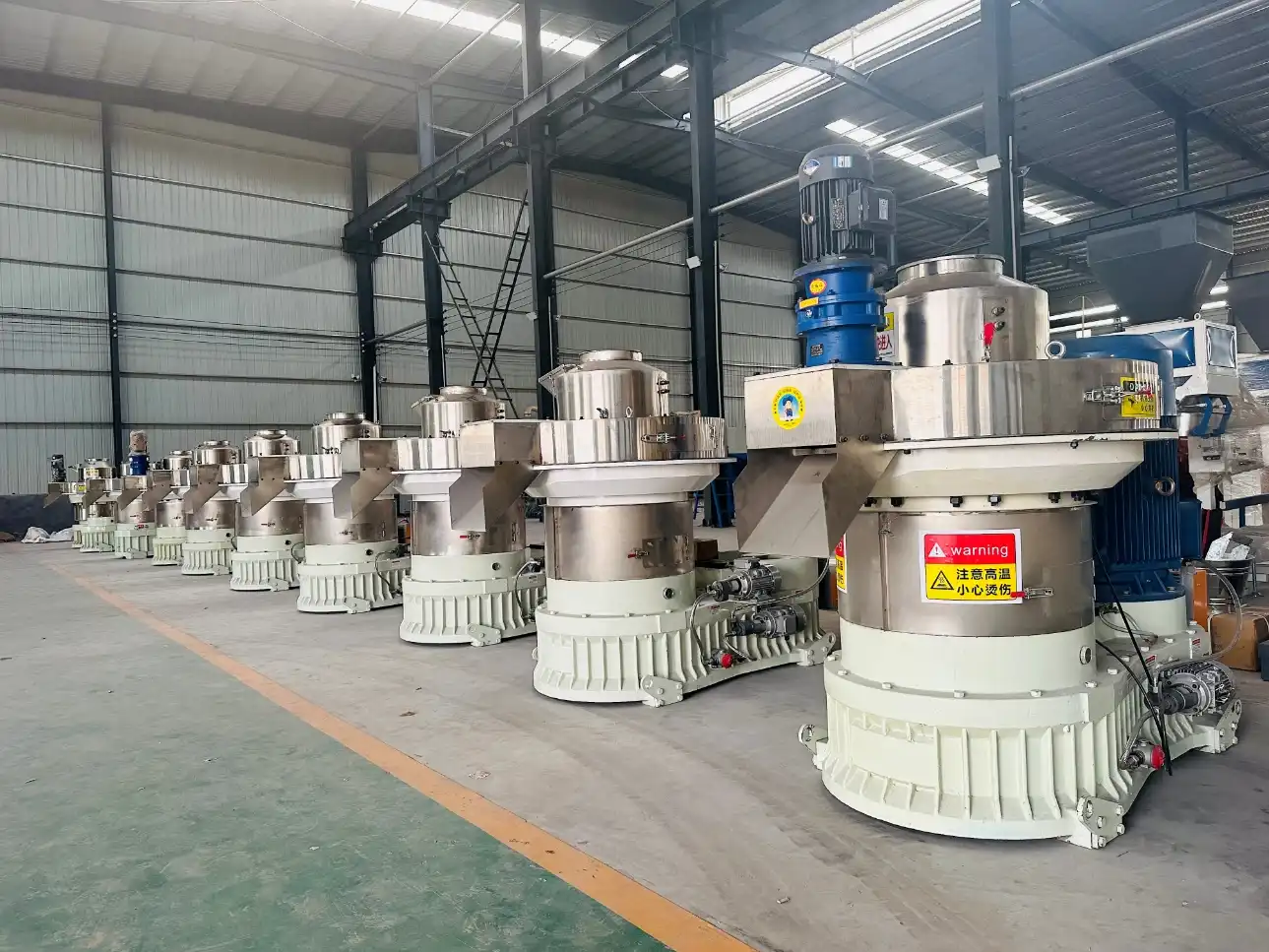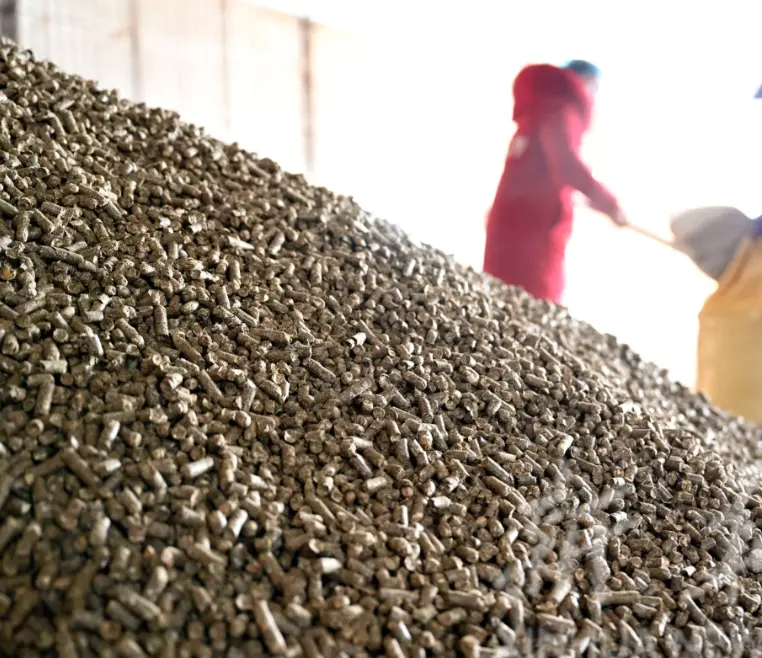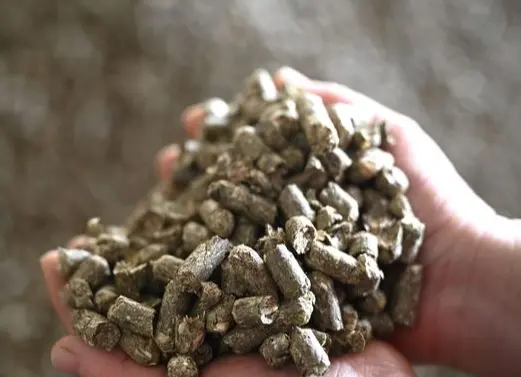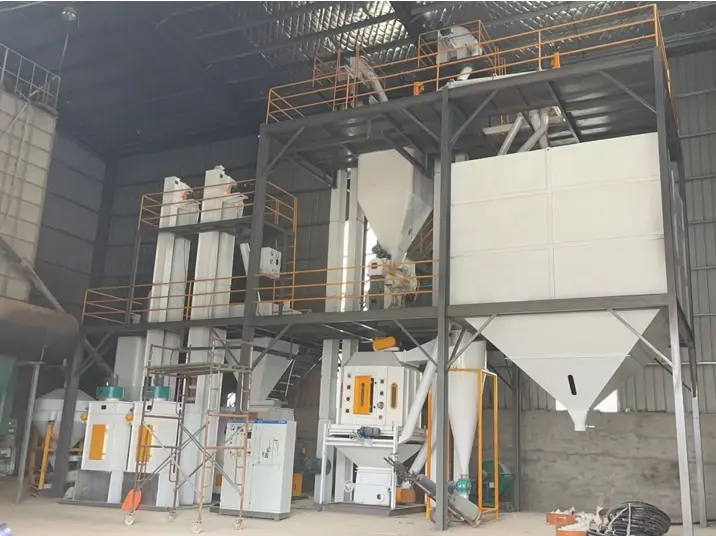
miscanthus_pellets_productionmiscanthusMiscanthus pellet mill, tailored for transforming miscanthus into efficient pellets, stands out in biomass fuel technology. Its compact design and low power consumption make it an ideal choice for small-scale production. Crafted by skilled technicians, the flat die design garners increasing favor among users for its efficiency.
Miscanthus, often known as Elephant Grass, surpasses other energy crops with its annual growth, towering height, and consistent yield, eliminating the need for replanting. Its low mineral content and high biomass yield make it a leading candidate for biomass fuel, outstripping alternatives like wheat straw and switchgrass.

The resultant miscanthus pellets, cylindrical in shape measuring 6mm wide by 10-30mm long, bring a remarkable advancement. Priced similarly to other biomass, these pellets offer consistency, ease of handling, and uniform properties, making them highly desirable for power generation operations.
The pelletizing process capitalizes on miscanthus’ attributes, requiring lower heat and higher pressure due to its inherently lower moisture (15% baled) and lignin content (17%) compared to softwoods. With low mineral and moisture content, these pellets provide substantial heat output, ensuring excellent value for money. Furthermore, they’re environmentally friendly and find use not only in biomass boilers but also as animal bedding, especially for horses.

miscanthus_pellets_production
In contrast to the raw material, miscanthus pellets boast several advantages: ease of handling and storage, minimal dust, higher calorific value, and a smaller carbon footprint. Coupled with competitive pricing for our miscanthus pelletizer, the market experiences a surge in demand as more miscanthus is compressed into these superior pellets.
Understanding the key parameters is crucial for successful miscanthus pellet production:
|
Materials
|
Moisture content
|
Ash content
|
Calorific value
|
Density
|
|
Miscanthus
|
During harvest, 29-33%
Storage phase, less than 15%
|
About 3.7%
|
12.96 MJ/kg
|
150kg/m³
|
|
Miscanthus pellets
|
Less than 8%
|
0.5-2%
|
19.59MJ/kg
|
600kg/m³
|
Solution for Making Miscanthus Pellet
For effective production, a series of steps are recommended:
1. **Harvesting:** Employ efficient machinery to swiftly cut and gather miscanthus into a swath for traditional balers.
2. **Crushing:** Due to its height and sturdy structure, crush the miscanthus into small (1-5mm) pieces using a hammer mill before pelletizing.
3. **Drying:** Control miscanthus’ moisture between 14% and 18% using a dryer; storage-phase miscanthus may already be adequately dry for pelletizing.
4. **Pelletizing:** Utilize a flat die pellet mill to compress miscanthus into pellets. Subsequently, cool, pack, and store these pellets. Consider the XZLM 360 pellet mill, known for its roller-driven design and higher compressing force ideal for grass pellets like miscanthus. It offers both electric and diesel engine options.
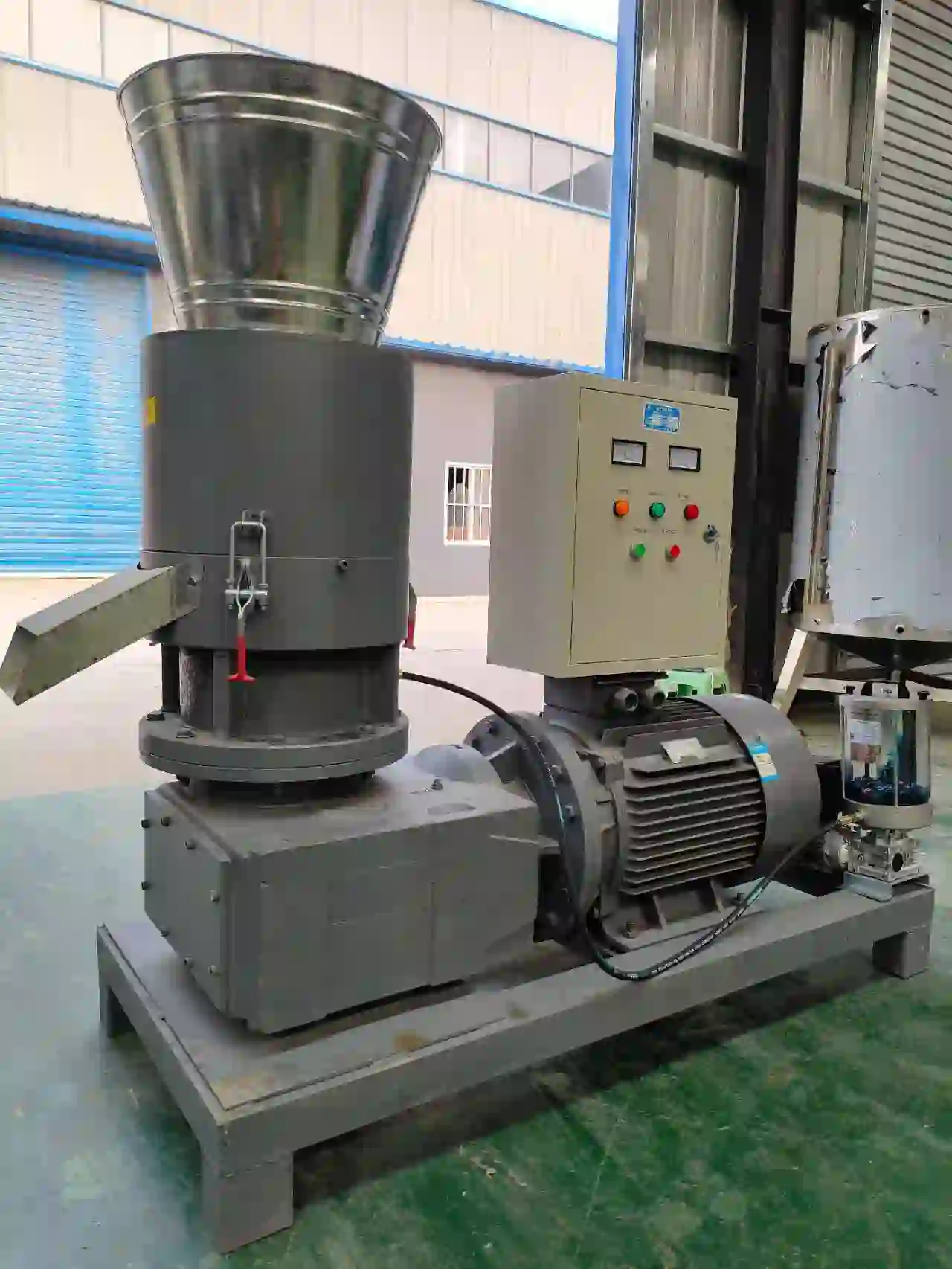
The factory Flat die pellet machine has a variety of models to choose from:
| Model | Dimensions | Power | Capacity |
| Model 200 | 1200∗400∗1100 | 7.5kw | 80−100kg/h |
| Model 250 | 1300∗500∗1250 | 15kw | 100−200kg/h |
| Model 300 | 1600∗600∗1350 | 22kw | 200−300kg/h |
| Model 400 | 1700∗700∗1450 | 30kw | 400−500kg/h |
| Model 500 | 1810∗760∗1680 | 45kw | 600−700kg/h |
| Model 600 | 1880∗850∗1750 | 55kw | 750−850kg/h |
The factory Ring die pellet machine has a variety of models to choose from:
| Model | Capacity (t/h) | Motor Power (kW) | Pellet Diameter (mm) | (Weight (kg) |
| XZ-450 | 0.5-0.6T/H | 55kW | 6-12mm | 3.5T |
| XZ-470 | 0.6-1T/H | 75kW | 6-12mm | 4T |
| XZ-560 | 1-1.2T/H | 90kW | 6-12mm | 5.8T |
| XZ-580 | 1.5-1.8T/H | 110kW | 6-12mm | 5.9T |
| XZ-650 | 1.8-2T/H | 132kW | 6-12mm | 6.5T |
| XZ-700 | 2.5-2.8T/H | 160kW | 6-12mm | 7.5T |
| XZ-750 | 2.8-3T/H | 185kW | 6-12mm | 7.8T |
| XZ-850 | 3-3.5T/H | 250kW | 6-12mm | 11T |
| XZ-880 | 5T/H | 315kW | 6-12mm | 16T |
In summary, the miscanthus pellet mill marks a significant leap in biomass fuel technology, providing an efficient, eco-friendly, and high-value solution. Its prowess lies not just in its functionality but also in the vast advantages of miscanthus pellets over the raw material, driving a burgeoning market demand for this superior form of biomass fuel.

